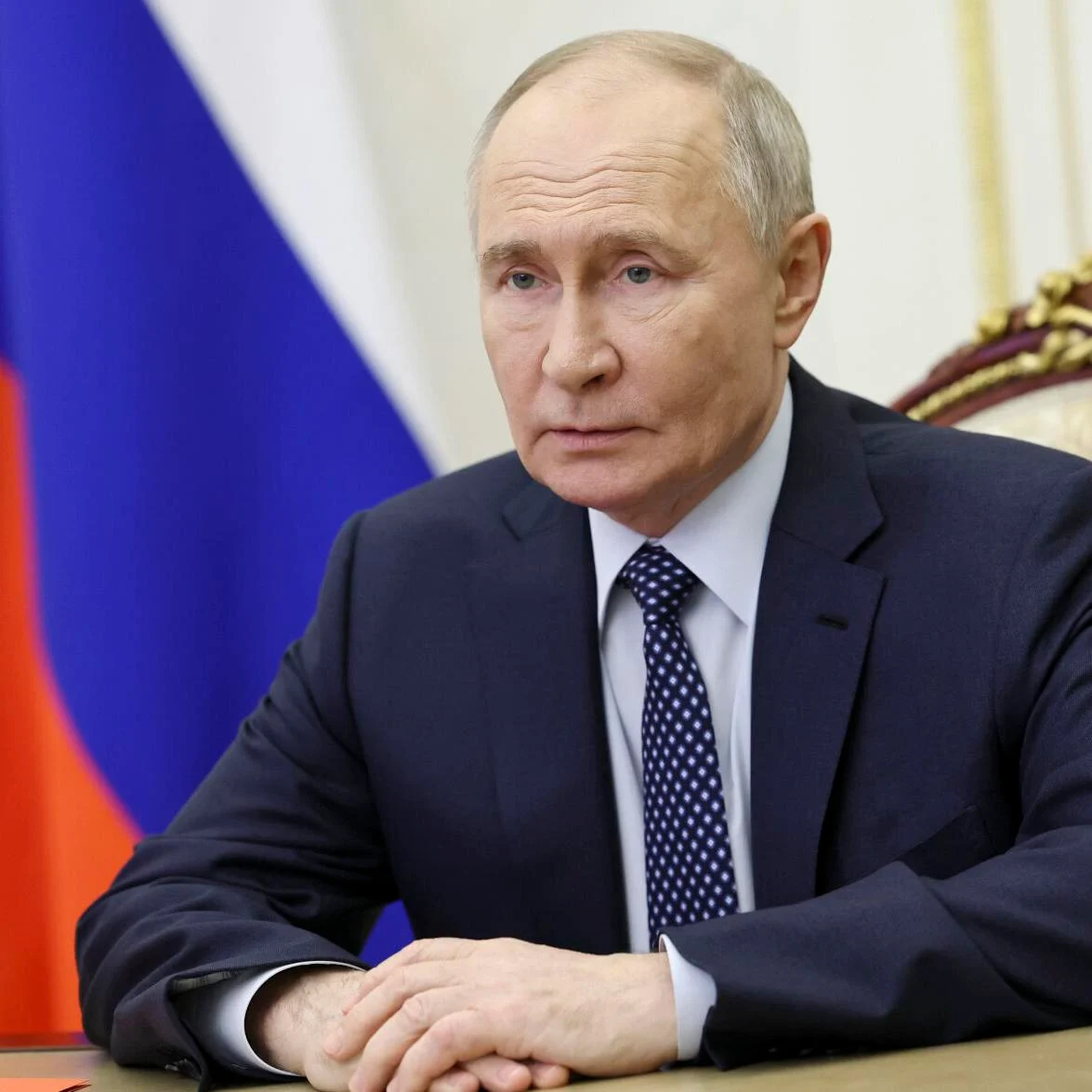
A terrible plane crash close to Aktau
On Wednesday, an Azerbaijan Airlines aircraft entered Russian territory above Grozny, Chechnya, and unfortunately crashed close to Aktau, Kazakhstan. Thirty-nine people, including two children, survived the disaster, while 38 passengers died. As officials and specialists investigate the disaster’s source, the tragedy has generated a great deal of conjecture and worry.
Putin apologized but refused to take responsibility.
Russian President Vladimir Putin apologized to President Ilham Aliyev of Azerbaijan for the tragedy and offered his condolences. Nevertheless, Putin refused to acknowledge Russia’s involvement. The Kremlin claims that because of Ukrainian drone assaults in the area, Russian air defense systems were operational at the time.
Divergent Views on the Cause
The crash’s precise reason is yet unknown. According to preliminary assessments by U.S. authorities, the plane might have been accidentally hit by a Russian anti-aircraft system. Putin’s remarks, however, did not support this. According to the Kremlin’s official account, the aircraft had attempted many landings at the airfield in Grozny before heading toward Kazakhstan after drone assaults were thwarted by air defenses near Grozny, Mozdok, and Vladikavkaz.
Testimonies of Survivors and Research
The accident survivors reported hearing loud noises in midair, which sparked conjecture about possible outside influence. Initial investigations were carried out by Azerbaijani officials, who looked into injuries brought on by “foreign particles penetrating the cabin mid-flight” and holes in the aircraft’s fuselage.
In a telephone conversation with Putin, President Aliyev of Azerbaijan restated these conclusions, claiming that the aircraft encountered “external physical and technical interference” in Russian airspace, leading to a complete loss of control. But Aliyev also refrained from accusing Russia explicitly.
Expert Views on the Collision
Analysts and specialists in aviation have offered various perspectives on the event. According to Miles O’Brien, a CNN aviation specialist, the damage on the aircraft’s fuselage suggests that an explosion happened close to the tail. Although the cause is yet unknown, images from the crash site reveal perforations that resemble shrapnel damage. These holes were consistent with damage from an air defense missile, according to the U.S. official who provided feedback on the issue.
A criminal investigation was started.
To find out what caused the catastrophe, Russia’s investigating committee has launched a criminal case. Prosecutors from Azerbaijan have also joined the inquiry. At the crash scene near Aktau, officials from Kazakhstan, Azerbaijan, and Russia are working together to collect evidence and determine the sequence of events that resulted in the catastrophe.
Consequences for Local Air Travel
Following the incident, a number of airlines have temporarily halted flights to areas of Russia, including Azerbaijan Airlines, Turkmenistan Airlines, Flydubai, Qazaq Air, and El Al Israel. The increased apprehension regarding the safety of doing operations in regions impacted by military operations is reflected in this preventative step.
Azerbaijani and Ukrainian Reactions
Ukrainian President Volodymyr Zelensky called for Russia to be transparent and offered his sympathies to President Aliyev. Zelensky called for a comprehensive explanation of the crash’s circumstances and accused Moscow of disseminating false information. He cited photographs that clearly indicated a missile attack due to fuselage damage.
Authorities in Azerbaijan have said they will keep looking for explanations in the interim. They emphasized the necessity for a comprehensive and unbiased inquiry by highlighting the results of their analysis of the debris and conversations with survivors.
Timeline of the Last Moments of the Flight
The tragic flight left Baku, the capital of Azerbaijan, on its way to Grozny. The aircraft was diverted to Aktau following many unsuccessful attempts to land in Grozny because of the dense fog and the continuous drone assaults. Unfortunately, the emergency landing attempt resulted in a crash. Following unsuccessful landings in Grozny, officials from Russia’s civil aviation authority, Rosaviatsia, stated that the pilot was presented with other airport options but eventually decided on Aktau.
Additional Consequences for Air Safety
Serious concerns have been raised by this incident over the dangers faced by civilian aircraft flying over areas of war. The air defenses and military activity near Grozny serve as a reminder of the risks associated with flying in high-tension areas. To avoid such catastrophes in the future, governments and airlines are currently reviewing flying routes and safety protocols.
The Way Ahead
The international community, survivors, and the victims’ families are calling for accountability and clarity as investigations continue. Investigators from Kazakhstan, Azerbaijan, and Russia worked together to try to figure out what caused the crash. The episode does, however, highlight the urgent need for strong protections to guarantee the security of civilian air traffic in areas impacted by armed conflict.